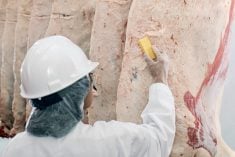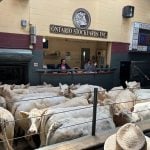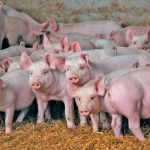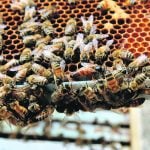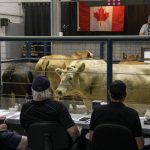2017 turned out to be much better than expected for the U.S. red meat industry, and likely the Canadian industry as well. The U.S. industry last January faced a blockbuster protein year. Several equities and other analysts forecast doom and gloom for livestock prices and for profits for publicly traded companies.
However, the exact opposite occurred, because demand at home and abroad for beef and pork was far stronger than forecast. This turned out to be the industry story of the decade, as there has never been a year when consumers drove profits for processors to new record levels. This allowed the prices of both live and feeder cattle to be stronger than expected, especially last fall. This means that their average prices for the year were slightly higher than in 2016. But prices might be several dollars lower this year because of increased cattle numbers.
Read Also
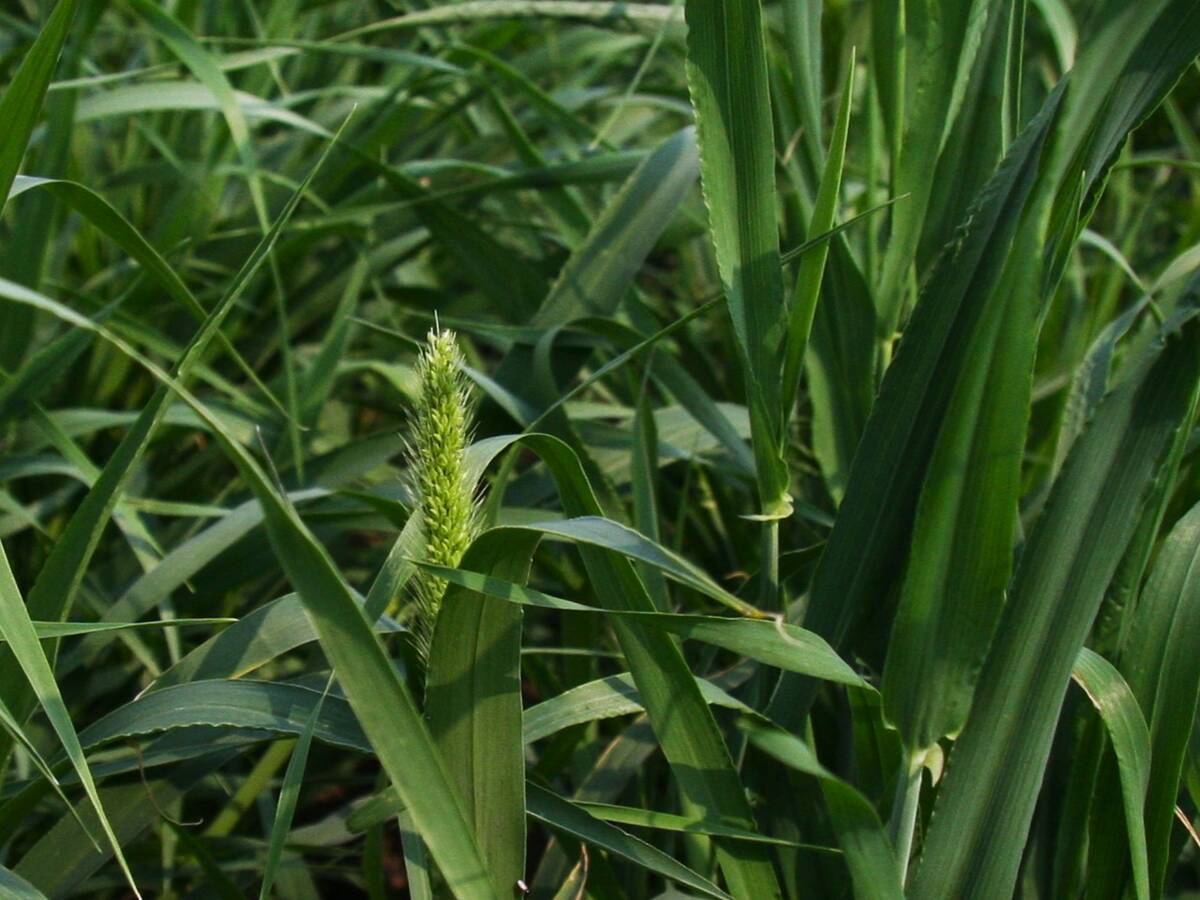
As Canadian farmers plant less barley in 2025, what does it mean for cattle feeders?
Market analyst Jerry Klassen explains what fewer barley acres means for Canadian cattle feeders in 2025-26, and other factors playing into the feed grain market.
Beef demand is likely to remain strong this year, as the macro-economic indicators are positive. U.S. gross domestic product is growing steadily year-over-year. U.S. GDP in last year’s third quarter grew 3.3 per cent on an annualized basis, which put it above its maximum sustainability level for the first time in 10 years. The New York Fed last November raised its fourth quarter GDP growth estimate to 3.8 per cent and four per cent might have been achievable. An annual growth of four per cent this year would add approximately US$800 billion to total U.S. GDP. This is a big positive as consumer spending accounts for approximately 65 per cent of GDP.
Another key factor is that the U.S. unemployment rate is the lowest in nearly 17 years. In addition, Americans who earn the lowest wages are finally seeing larger percentage increases in their wages than those above them. This will enable those who can only afford to buy beef infrequently to buy it more often, and more pork as well.
U.S. production of beef, pork and broilers 2014-16 inclusive saw beef production decline to a multi-year low in 2015. This was because extreme drought conditions in 2010-12 forced significant beef cow herd liquidation. Production has since recovered as beef producers started aggressively rebuilding their cow herds in 2014. Pork production exceeded beef production in 2015 but then slipped back. Broiler production increased slightly over the three-year period and will continue to do so.
Another positive factor last year was the record profits enjoyed by red meat processors. These profits allowed packers to pay more for livestock than had they made their usual modest margins. Can such a banner year be repeated? The cautious answer is yes, but it will take even stronger fundamentals than last year. The key ingredients will be demand at home and abroad, an increased supply of livestock and an even stronger U.S. economy.
The only shadow currently hanging over the industry is the contentious talks between the U.S., Canadian and Mexican governments to renegotiate terms of the North American Free Trade Agreement (NAFTA). The entire agricultural sector, including the meat industry, has lobbied anyone who will listen as to the vital importance of NAFTA to U.S. agriculture and how NAFTA’s agricultural provisions must be maintained.
They will surely have pointed out the value of NAFTA in boosting exports. The U.S. meat and poultry industry contributed $16.22 billion to the estimated $135 billion in agricultural exports in 2016. Industry analysts say the future strength and growth of the U.S. meat and poultry industry depends upon the expansion of trade into foreign markets, particularly as domestic per capita consumption of meat and poultry remains fairly stable and production increases, as it will do again next year in all three proteins.




